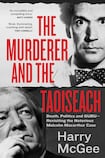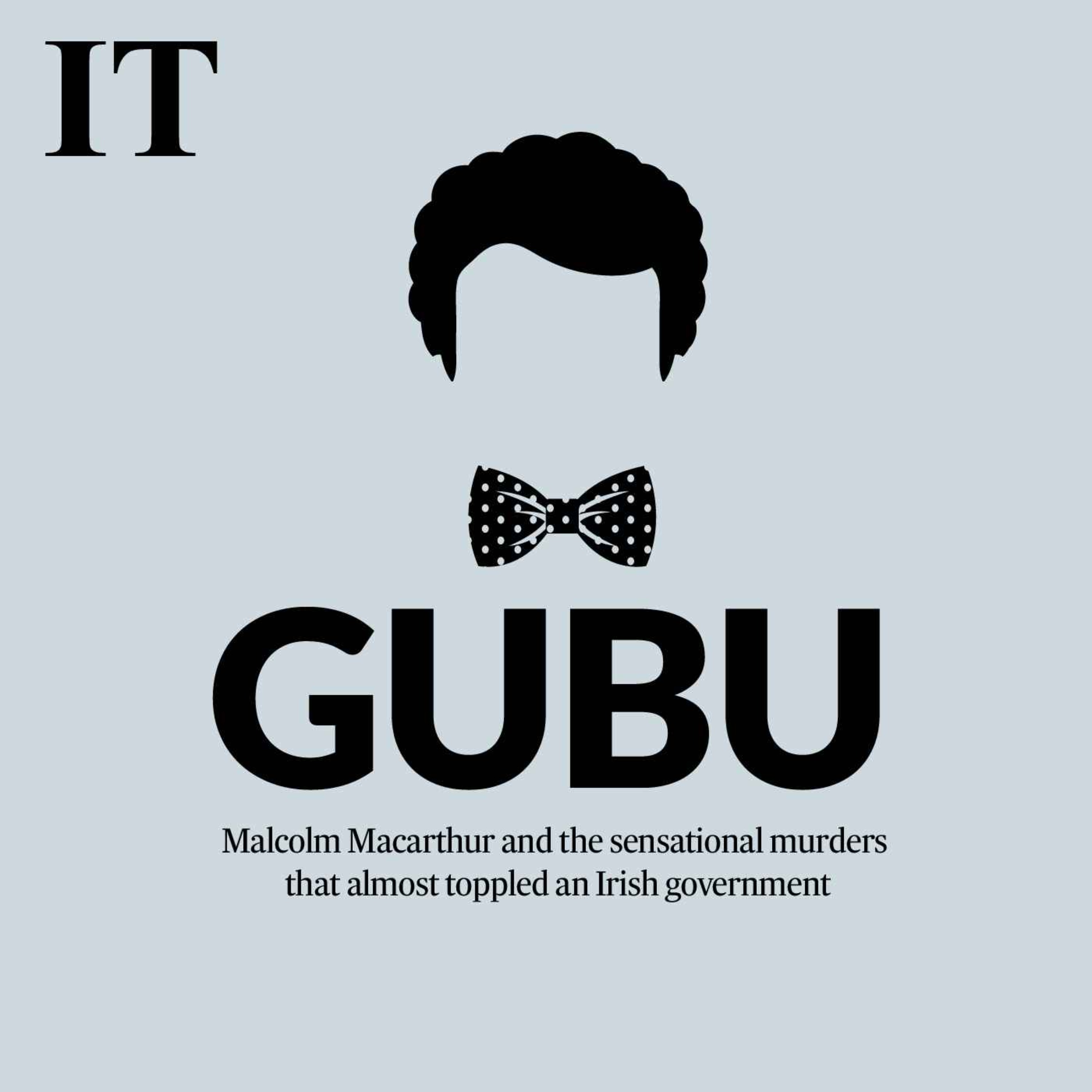
A murder of crows, a flock of geese, a swarm of bees. What to call a collective of Gubus? This is the conundrum arising from a resurgent interest in the extraordinary case in which a double murder suspect, Malcolm Macarthur, was arrested in the home of the attorney general Patrick Connolly in 1982.
In the past couple of years alone, the case has been the inspiration for two podcast series, one produced by the BBC titled Obscene: The Dublin Scandal, and the other, Gubu by Harry McGee, the Irish Times political correspondent who has now published a book, The Murderer and the Taoiseach, which follows similar terrain. Mark O’Connell’s A Thread of Violence is due out in July.
It is not hard to see why the case still fascinates more than 40 years later, given the intersection of crime and high politics. The acronym Gubu – grotesque, unbelievable, bizarre and unprecedented – coined by Conor Cruise O’Brien entered the Irish political lexicon after a press conference by the then taoiseach Charles Haughey, in which he described Macarthur’s arrest in his attorney general’s home as “a bizarre happening, an unprecedented situation, a grotesque situation, an almost unbelievable mischance”. As McGee reflects, the whiff of ordure that increasingly surrounded Haughey ensured that the acronym stuck.
The book charts Macarthur’s crimes and the political scandal that ensued. In the summer of 1982, having travelled to Ireland from Tenerife, where he had been living with his partner and child, Macarthur murdered two people in brutal attacks.
READ MORE

Gubu, episode eight: Veteran reporters remember the Gubu summer of 1982
Bridie Gargan was sunbathing in the Phoenix Park, when Macarthur, in an attempt to steal her car, bludgeoned her so severely that she died of her injuries two days later. Then as now, the killing seems inexplicable. The motive proffered in Macarthur’s written confession, which is appended in the book, was that he needed a car “to travel down the country to get a gun”.
Two days later he made his way to Edenderry to meet Dónal Dunne, a young farmer who was selling a rifle. After trying the gun out on a target, and without the means to pay for it, Macarthur turned the weapon on Dunne, shooting him in the head and killing him instantly. The crimes were quickly linked, and prompted a nationwide hunt, with the trail eventually leading to Connolly’s home, where Macarthur had been staying as a guest.
Connolly was a long-standing friend of Macarthur’s partner. He was also the attorney general in Haughey’s government. News of the arrest was conveyed to Haughey in Inishvickillane, his island retreat in Kerry, but the seriousness of the situation, according to this account, appears to have been not fully appreciated over a poor phone line. Consequently, Connolly made the ill-fated decision to continue with his holiday plans and travelled to New York the day after the arrest, fuelling already febrile speculation that he, and by extension Haughey’s government, had something to hide.
As the crisis metastasised, Connolly was summoned home by Haughey and, despite his protestations that he had been entirely ignorant of Macarthur’s activities, was forced to resign.
[ The murderer, the attorney general, the taoiseach and the birth of GubuOpens in new window ]
The book is strongest on the political fallout from the case but perhaps less so on some of the descriptions of the main protagonists, which at times veer into caricature. A great deal is made of Macarthur’s physical appearance, “tall and slim, with dark curly hair and a bronzed complexion”, and his fashion sense: “His favoured wardrobe consisted of tweeds, bow ties, silk cravats, polished brogues and raffish polka dot squares”. This, as well as his “aristocratic” background, led to his depiction as an “exotic killer”.
Macarthur was unusual in many respects. At the time, murder, outside of the Troubles, was relatively uncommon in Ireland. References to Macarthur’s appearance, accent and social background, which brought him into the same world as the attorney general, are also of course signifiers of what distinguished him from our more familiar conceptions of criminality, both then and now. McGee’s descriptors echo the media coverage and its continued fascination with the case, which he leans into in this book.
Macarthur’s apparent motive was financial. He had squandered his inheritance and had ill-conceived plans to carry out an armed robbery. As the title suggests, a line is drawn between him and Haughey. This extends beyond the collision of two worlds; the protagonists were somehow on parallel trajectories – Macarthur’s fall from riches into financial difficulties, and Haughey’s rise from relative poverty to inexplicable wealth. The story remains Gubu-esque but the threads at times are tenuous. The families of Bridie Gargan and Dónal Dunne no longer give media interviews. Whatever the collective noun may be for Gubu, their losses cannot be summed up in acronyms.
Nicola Carr is a professor in criminology at the University of Nottingham















